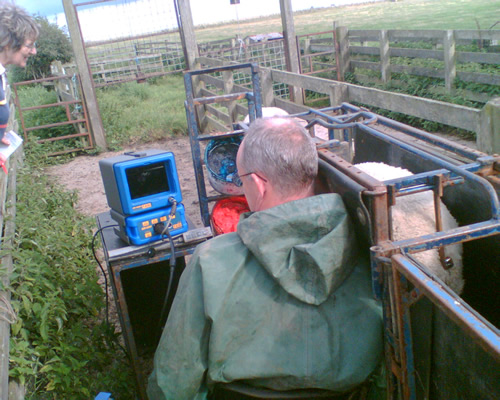
Sheep farmers having ewes scanned for pregnancy over the coming weeks and finding barren rates above 2% could have a flock under threat from toxoplasmosis.
Speaking to a meeting of professional scanning contractors in Carlisle, Rosemary Booth MRCVS from Intervet/Schering-Plough Animal Health said that scanners had a pivotal role to play in alerting sheep farmers to the potential causes of barrenness and, as a result, could really help clients boost future profitability.
"ADAS data show that a third of all lamb losses occur before scanning, so scanners are well placed to highlight potential problems. Whenever the barren rate is above 2% there is likely to be a specific reason for it – possibly management issues such as poor tup fertility or poor ewe condition at tupping, but also disease factors. If a flock is found to have a high barren rate at scanning, the best advice for the farm is to talk to his or her vet to investigate the cause further," she said.
Rosemary Booth explained that toxoplasmosis is the main infectious cause of early embryo loss in sheep and a very common cause of barrenness, abortion and weak lambs born alive.
"Toxoplasma is an environmental contaminant spread by infected cats, so all flocks are at risk. Cats are ubiquitous and it only takes one brief visit to significantly contaminate the farm or the pasture. Data from our subsidised BarrenEwe Check blood testing service – which this year launches on 1st December – consistently show more than 70% of UK flocks have been exposed to toxoplasma," she said.
Rosemary Booth pointed out that the only way to control the disease was through vaccination, but the costs of a prevention programme would be repaid many times over by a reduction in future flock barren rates. "Farmers are urged to talk to their vets about subsidised blood testing if barren rates are higher than 2%," she said.
